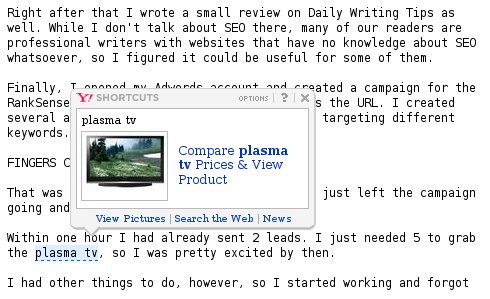News consumers are constantly talking about what is going on in the news but how often do they know or remember from where they obtained that information? While loyal readers of certain publications may be able to cite their knowledge about a story to the date, there are individuals who discuss news based on what they have read or heard without much regard to the sources from which they obtained that news. With the fraying of lines between news, opinion, entertainment, and other random information, it is harder to discern cold hard facts from speculation. In order to ensure that people can continue to rely on credible and newsworthy pieces, it could be effective to implement such teaching in schools for students as early as they can understand news.
This idea has already been pushed into effect by The News Literacy Project, which aims to educate high school and middle school students “sort fact from fiction in the digital age.” They have experienced journalists interact with the students in order to make them more aware of news. Some of the organizations from which the site features journalists are USA Today, the Los Angeles Times, the Associated Press, The Washington Post, Bloomberg News, and Politico.
Granted, infusing the minds of younger individuals with the complications and realities that news poses may be a bit invasive, but if schools could cater to the needs of children so that they would be more aware of what is going on in the world, these individuals could be better equipped with the intellectual tools needed to understand news for when they grow older. This is not to say that young students aren’t already aware of global, national, or even local situations. As a young student, I remember reading weekly magazines about news events that occurred in different countries as well as in the United States. However, it was not until much later that I was able to separate news, like The New York Times, from opinion and commentary seen from talk shows on network stations. Thus, educating students about different forms of media so that they may question not only the information which they hear, but from where that information is coming could prepare them for the future.









